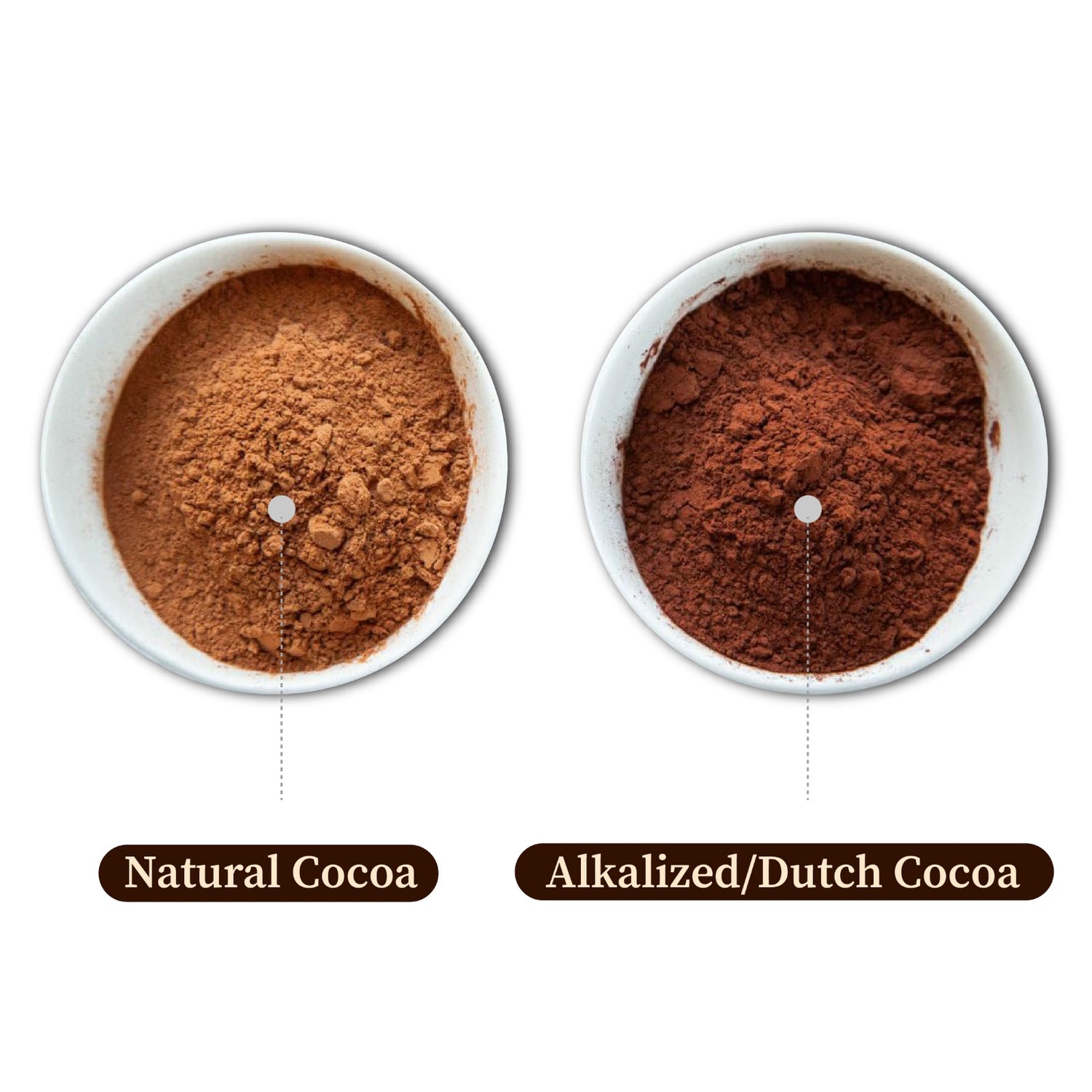To become the sweet treat the whole world cherishes, the cocoa fruit has to go through a million processes and refinements.
Fermentation, drying, sorting, roasting, cracking, winnowing, refining, conching etc.
But in today’s blog we will be enlightening ourselves on chocolate making. Let’s shed light on a process that dates back to the early 19th century when Coenraad Johannes van Houten, a Dutch chemist and chocolate maker revolutionized the industry.
One of his major inventions in the chocolate industry is the process of ‘Dutching’ or chocolate alkalization. Under this, cocoa beans or cocoa mass are treated with an alkaline solution to neutralize their natural acidity.
What’s the need?
So the cocoa fruit in its natural form, is bitter and acidic. In addition to this, they become more acidic during the fermentation process where acetic acid (vinegar-like acid) is released as a result.
Now, this natural acidity adds complexity to the flavor profile of cocoa, and ultimately on chocolate. It also helps balance between the bitterness, astringency, and subtle fruity notes of cocoa beans.
But these slightly astringent, bitter, and fruity flavors aren’t always desired by all.
And in an attempt to make cocoa powder more appealing to a wider audience, especially those who found natural cocoa too bitter, Van Houten invented the process of ‘Dutching’ which basically mellows and smooths down the flavor of natural cocoa. It also neutralises the acidity so when milk it added, it wouldn't curdle up.
Apart from this, alkalized cocoa is more soluble in liquids, darker in color, and easier to grind into a fine powder. With that being said, the process also lowers the nutritional profile of cocoa and makes it easier to mask off low-quality cocoa beans, leading to a more consistent flavour profile, year on year, regardless of the source of cocoa beans.
Which chocolate is superior then?
Well, there is no right answer to this and it really depends on the use case of the chocolate.
>>Alkalized chocolate or Dutch cocoa is mostly used for recipes that demand a smooth and sweet chocolate flavor without any of its complexities. The best examples of this would be baked goods, frostings, and beverages like chocolate milk.
>>On the other hand, non-alkalized or natural cocoa is more useful for recipes that want an intense chocolate flavor with all its flavor complexities. The best examples of this would be specialty/craft chocolate, craft chocolate cakes, cookies etc.
What’s Pascati’s take on alkalized chocolate?
We exists for the sole reason of providing our consumers with the full chocolate experience in all its glory, so we keep our distance from anything stirring us away from real chocolate. (Also, alkalization also renders the product inorganic).
And, if you’re ever in the mood to experience the taste of real chocolate, our natural, non-alkalized, high-fat cocoa powder is the best place to get started!
See you in the next chocolate lesson...



